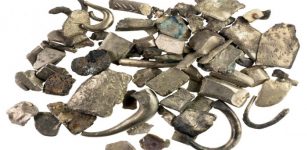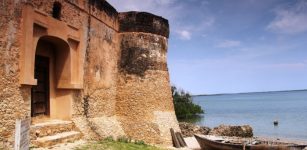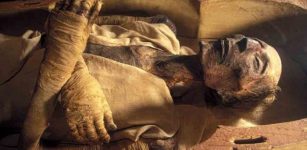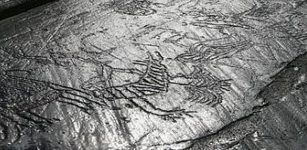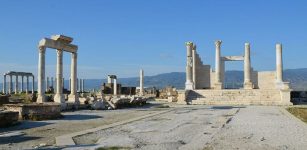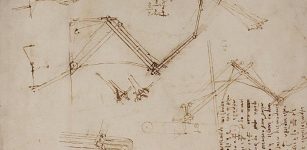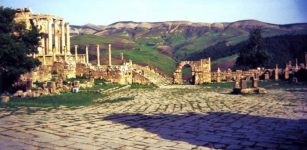Mysterious Lost Kingdom Of Urartu And Its Enigmatic History
MessageToEagle.com – The lost kingdom of Urartu is shrouded in mystery because very little is known about this ancient place and the origins of its people.
This time our journey takes us to ancient Armenia where we look for traces of the mysterious lost kingdom of Urartu as it was called by the Assyrians.
The Hebrews referred to it as Ararat and in more modern times it has been named Kingdom of Van.
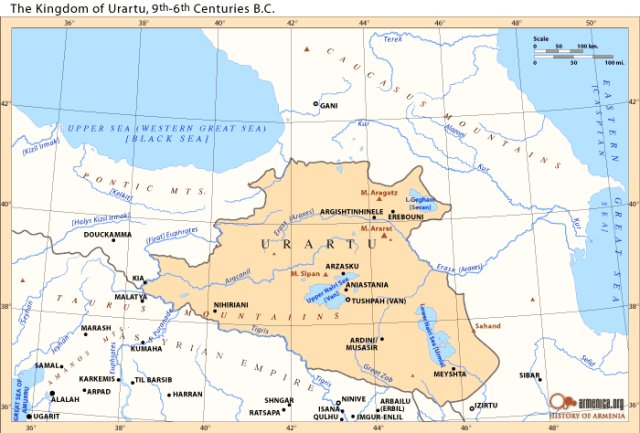
The kingdom’s beginnings are lost in the mists of pre-history, but before it was destroyed, Urartu was situated in Eastern Turkey, Iran and the modern Armenian Republic.
The earliest documentary mention of the land of Urartu can be found in Assyrian sources.
Based on what we know, the people of Urartu were famous metalworkers, spoke a language that was related to Hurrian (a language that has no other known connections), and they adapted the Assyrian cuneiform script for their own purposes.
Although it cannot be said with certainty, it appears that from the ninth century on, Urartu was ruled by a single dynasty, which expanded three kingdom to the south in a period when Assyria was weak.
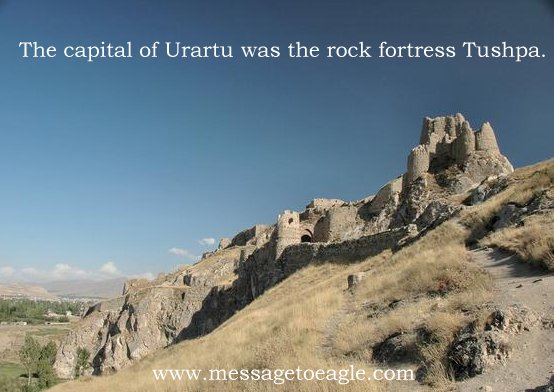
The true origin of the people of Urartu is unknown. Some historians think these people people migrated from somewhere to the west into the Armenian plateau, then for the most part known as Nairi. They called themselves Khaldians or children of the god Khaldis, just as the name of the Assyrians reflects the name of their god Assur.
“The oldest states of the Soviet Union were founded 3,000 years ago to the south of Transcaucasia. The oldest among them, that in the Ararat area, by the Lake of Van, was called Urartu. Its kings ruled over Georgian tribes, ” Professor Shestokov, a Caucasian author, wrote in 1939.
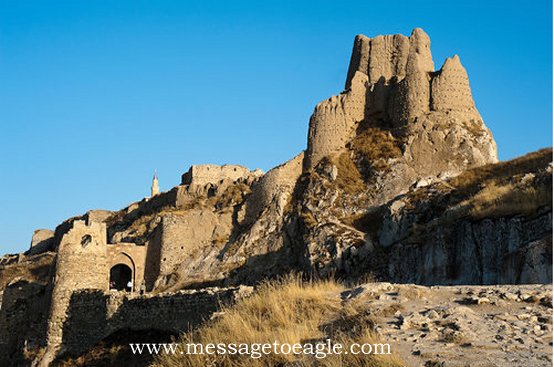
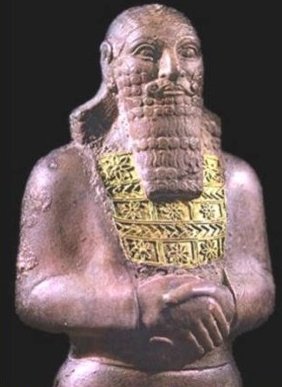
In 1827, German scholar Friedrich Eduard Schulz made the first known attempt to study the ancient ruins. Schulz made copies of a number of inscriptions and had these sent back to Paris. Unfortunately Schulz and his party were attacked by bandits in 1829 and he was killed. These copies were not published until 1840 in Paris, where there were shown to be various inscriptions in Ancient Persian and Assyrian cuneiform, itself not fully translated, while the rest of the inscriptions were in an unknown language.
In 1847 and 1850 new copies were taken of the inscriptions.
Several attempts have been made to decipher the cuneiform inscriptions of Armenia through the present-day Armenian language. The failure of these attempts has led some to believe that the inscriptions in question must be in some unknown, alien tongue, neither Indo-European nor Semitic.
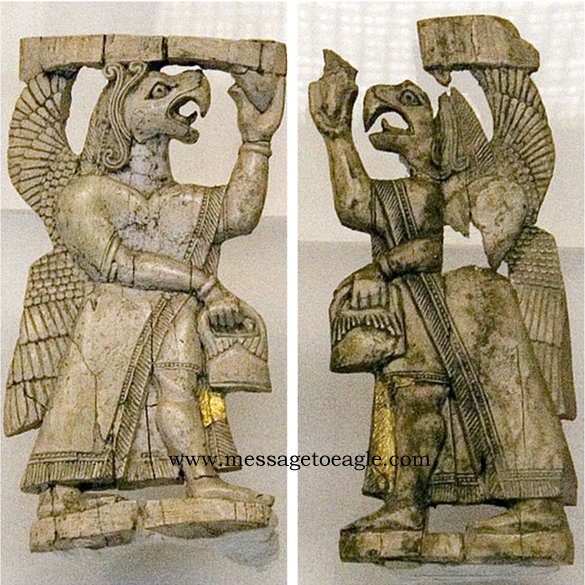
Sooner or later everything must come to en end, and so did the existence of the Kingdom of Urartu. The fall of the Kingdom of Urartu is shrouded in darkness. The kingdom was succumbed in around 585 – 590 BCE. However, there is no written account of this event and this timescale is not undisputed.

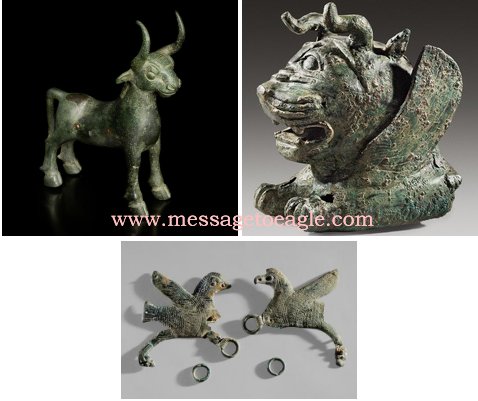
Archaeologist Boris Piotrovsky who headed the excavation of the city of Teishebaini, now Karmir Blur in modern Armenia discovered remains of a city that was besieged, and consumed in a great conflagration during a final night attack. He also uncovered several treasures and everyday artifacts that were taken to the citadel when the city was attacked.
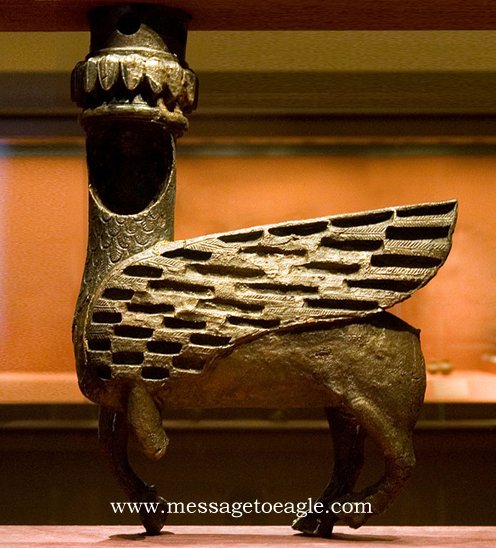
Obviously people of Urartu knew their kingdom was about to vanish and made a last attempt to hide some precious objects with hope these would survive as a reminder of the kingdom’s existence.
See also:
- Ancient Script Reveals Mysterious Location Of Legendary Hanging Garden Of Babylon
- The Burnt City – Mysterious Prehistoric Inhabitants Of Unknown Origin With Knowledge Of Animation Techniques
- Is Mysterious Prehistoric Jiroft The Legendary Land Of Aratta?
Unfortunately, a large number of these artifacts, including most of the inscribed objects, have not been excavated. For example, many Urartian cemeteries with their hundreds of burial goods have been robbed, while only a few (such as the cemetery at Altintepe) have been properly excavated. This means that archaeologists have been deprived of a complete and contextual knowledge of the culture and precious history has been lost once again.
This brilliant era of Urartu did not last long and the kingdom disappeared rapidly from history.
Copyright © MessageToEagle.com. All rights reserved. This material may not be published, broadcast, rewritten or redistributed in whole or part without the express written permission of MessageToEagle.com.


